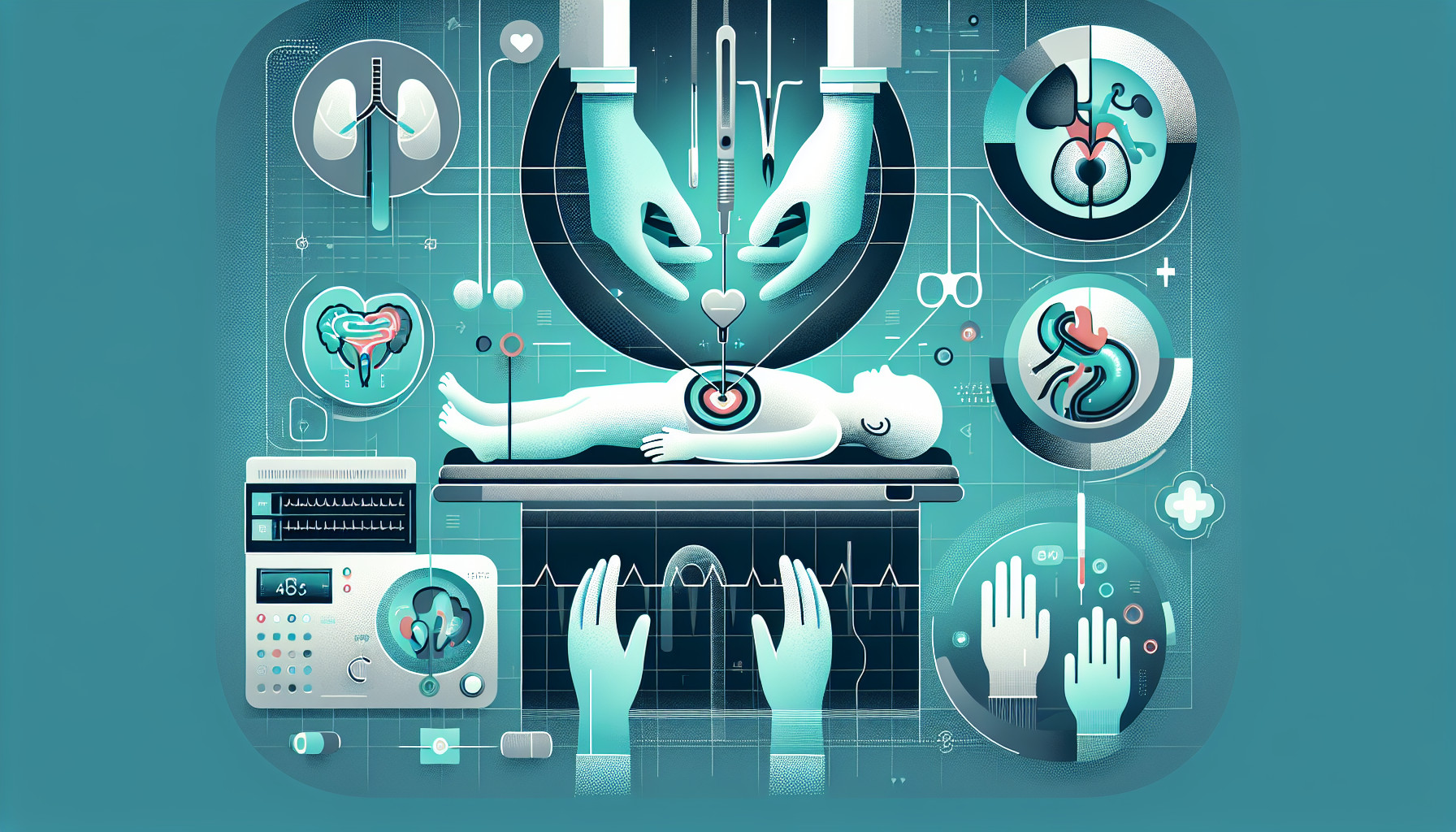Our Summary
The research paper discusses inguinal hernias, which are the most common type of hernias found in children, especially in those who were born prematurely or with low birth weight. There’s ongoing debate about whether to check the opposite groin for a potential hernia, as most of these don’t develop into actual hernias.
Most inguinal hernias can be treated without surgery. However, the paper recommends that they should be repaired as soon as possible, even in premature babies. The paper suggests that using laparoscopy (a less invasive type of surgery using small incisions) to repair these hernias is safe and effective, and can be a good alternative to traditional open surgery.
The paper also mentions that other types of hernias, such as femoral, spigelian, and umbilical hernias, are very rare in children but can also be successfully treated with laparoscopy.
FAQs
- What is the most common type of incarcerated hernia in children?
- Is laparoscopic repair of incarcerated inguinal hernia in children considered safe and effective?
- Is there controversy over contralateral groin exploration to evaluate for a patent processus vaginalis or subclinical hernia in children?
Doctor’s Tip
One helpful tip a doctor might tell a patient about pediatric hernia repair is to not delay the surgery. It is important to repair the hernia in a timely fashion, even in premature infants, to prevent complications such as incarceration. Additionally, laparoscopic repair of incarcerated hernias is considered a safe and effective alternative to conventional open surgery. It is important to follow the doctor’s recommendations and schedule the surgery as soon as possible to prevent further complications.
Suitable For
Typically, pediatric patients who are recommended for hernia repair are those with indirect inguinal hernias, especially if they are incarcerated. This is particularly true for low birth weight and premature infants. It is important to repair these hernias in a timely fashion, even in premature infants, to prevent complications. In some cases, laparoscopic repair may be recommended as a safe and effective alternative to open surgery. Other types of incarcerated pediatric hernias, such as femoral hernias, Spigelian hernias, and umbilical hernias, are rare but may also be managed effectively with laparoscopy.
Timeline
Before pediatric hernia repair:
- Patient may present with a bulge or swelling in the groin, abdomen, or other affected area.
- Patient may experience pain or discomfort in the affected area, especially with straining or physical activity.
- In some cases, the hernia may become incarcerated, meaning the bulging tissue becomes trapped and cannot be pushed back into the abdomen.
- Patient may experience symptoms of bowel obstruction if the hernia becomes strangulated, cutting off blood flow to the trapped tissue.
After pediatric hernia repair:
- Patient undergoes surgery to repair the hernia, either through traditional open surgery or laparoscopic surgery.
- Patient is monitored closely post-operatively for any signs of complications, such as infection or recurrence of the hernia.
- Patient may experience some pain or discomfort at the surgical site, which can be managed with pain medication.
- Patient is advised to avoid heavy lifting or strenuous activity for a period of time to allow for proper healing.
- Patient is typically able to resume normal activities within a few weeks, with a low risk of long-term complications.
What to Ask Your Doctor
- What type of hernia does my child have and how common is it in children?
- What are the risks and benefits of surgery for pediatric hernia repair?
- What is the recommended timing for surgery for my child’s hernia?
- What is the difference between laparoscopic hernia repair and traditional open surgery for pediatric hernias?
- What are the potential complications of pediatric hernia repair surgery?
- How long is the recovery process after pediatric hernia repair surgery?
- Are there any restrictions or precautions my child should follow after surgery?
- Are there any signs or symptoms I should watch for that may indicate a complication after surgery?
- How likely is it that my child’s hernia will recur after surgery?
- Are there any long-term effects or implications of pediatric hernia repair surgery that I should be aware of?
Reference
Authors: Abdulhai SA, Glenn IC, Ponsky TA. Journal: Surg Clin North Am. 2017 Feb;97(1):129-145. doi: 10.1016/j.suc.2016.08.010. PMID: 27894423
